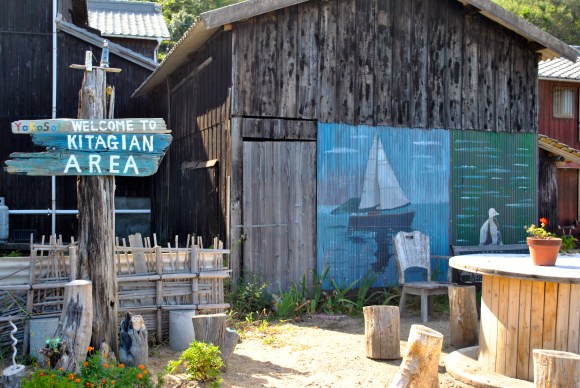
We’ve introduced RocketNews24 readers to Shiraishi Island and Manabe Island in the Seto Inland Sea before, but today, we’re going to take you on a tour of a sister island in the same group. Sandwiched between Shiraishijima and Manabeshima in Okayama Prefecture’s Kasaoka Island Chain is an island called Kitagishima. It’s the largest island of the group (20km around) and you need transportation to get to the sites. There is no bus service, so if you don’t have your own car or motorcycle, you really can’t see much of Kitagi. Unless, of course, you have a bicycle! Kitagi has it’s own bike path, making it perfect for a two-wheeled day-trip.
Join our bicycling reporter as she takes you on a ride, making all your dreams come true on Kitagi, an island of private beaches, home-made pizza, cute goats, a huge granite vagina (optional). At the end of the article is an original, downloadable English map. Now that’s covering ALL the bases, isn’t it? Okay, let’s go!
Ferries for Kitagi leave from Okayama Prefecture’s Kasaoka Port and Fushigoe Ports located in Kasaoka City behind the Kasaoka JR train station. But since I was coming from the neighboring island, Shiraishi, I hopped on the Kaneburo Maru ferry that drops one off at Kanaburo Port on the northwest part of Kitagi. From there, I started my bicycle journey clockwise around the island.
Kitagi has several ports. From Kaneburo, I passed Chinohama, Kusunoki, and O-ura ports, all with ferry lines going to them. It doesn’t really matter which ferry you take since you can ride around the island and be back at the same port within a few hours.
But for all the ports and ferries coming back and forth, surprisingly, there are only about 980 people living on the island. This is in contrast to the old days when thousands of people lived here and stone mining factories were the mainstay of economic life. So popular was Kitagi granite rock, that it was used to build parts of Osaka Castle, Fukuyama Castle, Meiji Shrine (Tokyo), and the torii gate at Yasukuni Shrine (Tokyo).
Rock mining brought great wealth to the island; the island’s rock mining song even includes the line, “To the left, to the right, money everywhere.”
▼A lavish memorial for a pet named “Cherry” attests to the wealth of the people living here.
But all the dust and noise of the stone mining factories is history now, and Kitagi has returned to its natural roots. This is most evident by bicycle, as one passes through numerous quiet coves,
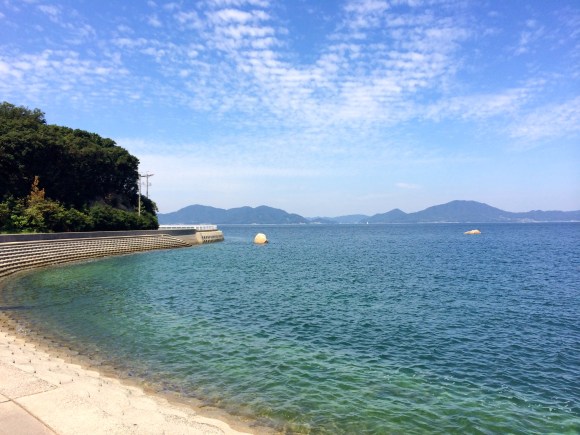
▼Kusunoki Port
▼At O-ura, I stopped in to see my friend Nakamura-san. He has set up a rest stop in front of his house especially for bicyclers (#11 on map).
“Even though I have a sign that says Welcome to Kitagian area, bicyclers never stop here,” Nakamura-san lamented.
▼Nakamura-san invited me in and served coffee.
“What’s a Kitagian?” I asked him. “One who lives on Kitagi!” he exclaimed. “You know, like someone who lives in Chicago is a Chicagoan, or like you–you’re an Ohioan.”
I told him that I was sure that if people understood what a Kitagian was, they’d stop. “Please tell them,” he said. So I’m telling you now.
▼Nakamura-san has a fine view of the Seto Inland Sea from his house.
Nakamura-san hopes people will feel free to take a rest in front of his house while bicycling around the island. “And tell them that if they can see that I am home, to please knock on my door.”
Nakamura-san has offered to show us around Kitagi today. He’s even going to take us to see the Vagina Rock.
▼Nakamura-san
Continuing south from O-ura, we enter a part of the island that is less populated and mostly forest. Oh, what’s that in the distance?
▼A goat! How cool is that?
After a chat with the goat, we come to a very nice, private beach.
▼Sotoazami Beach
Across the street from the beach is a public toilet and shower. According to the sign, a kind resident has set up these facilities for beach-goers.
▼Facilities available only in July and August (#17 on map)
Just to the left of the public toilet and showers, there’s a walking path. This path goes up into the mountain. The first house on our left is “Shima no Sarai,” (#18 on map) where our friend Mr. Yamamoto lives. We call him Kuni-san.
Kuni-san is getting ready for a live concert he’s hosting in his house this weekend. I had seen flyers posted around the island, so I knew he was hosting something special. Since he is busy preparing though, we’ll only stay a little while.
▼Kuni-san, making pizzas which he bakes in his hand-made brick oven outside.
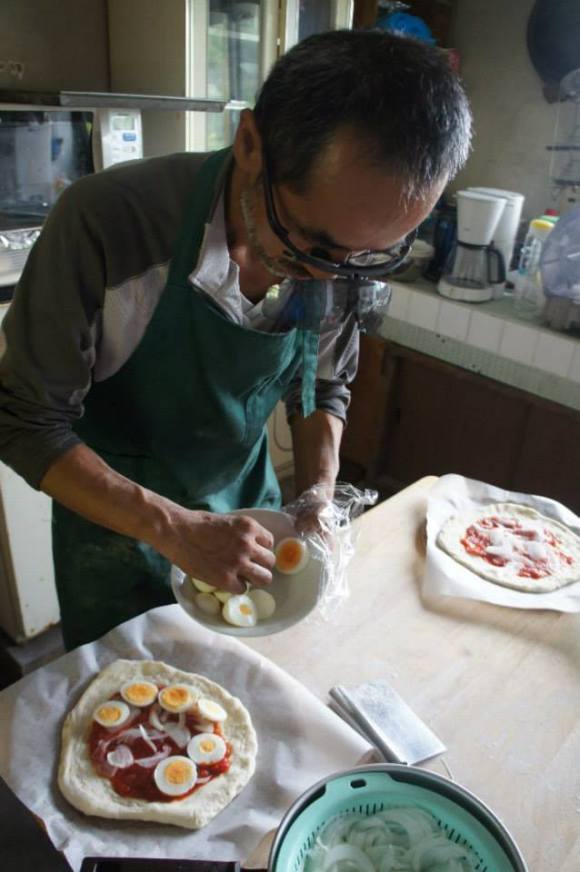
▼I sampled some of his bread, baked in the same brick oven. Now that’s one piece of fresh goodness!
▼Kuni-san also serves goat milk and goat cheese, produced in cooperation with his four goatly friends.
▼This is Suzuran-chan. Isn’t she cute? I bet her cheese is too.
Besides pretty goats, Kuni’s got a cute dog too.
▼Masamune-chan, enjoying the good island life.
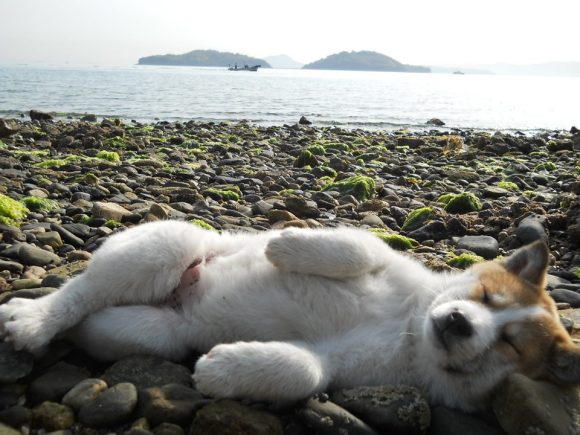
When Kuni-san hosts live concerts, he also holds a BBQ on Sotoazami Beach.
▼The moonrise from Satoazami Beach.
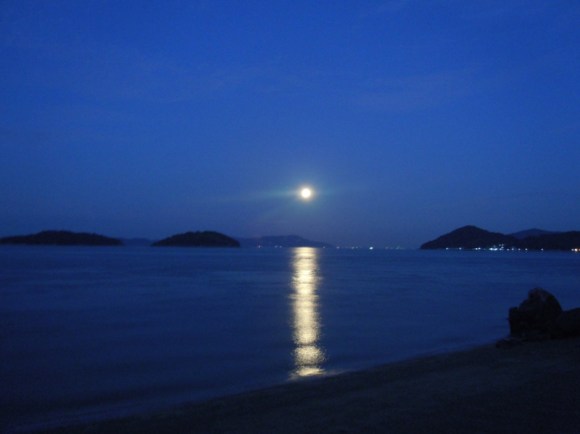
▼Masamune-chan watched the moonrise too.
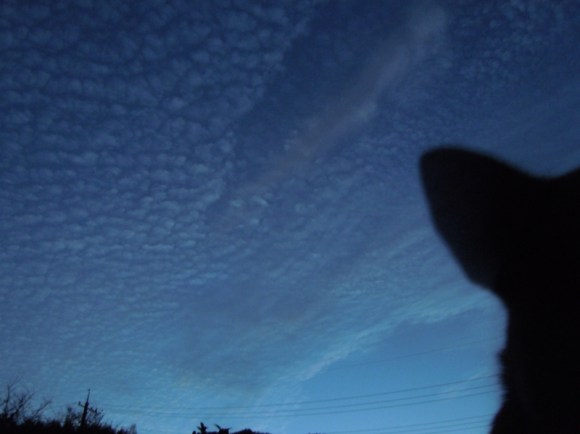
It’s a shame we will miss Kuni’s concert this time, but he’s hosting a jazz concert on Nov. 8. Let’s try to make that one!
After visiting with Kuni-san, eating his bread and petting his goats, it’s time to continue around the island.
▼We pass some friendly-looking stuffed animals hanging out along the road.
▼Now at the south-east tip of the island, we can see across to Manabe Island.
We finally hit the end of the vehicular road at Maru-iwa Port. If we were in a car, we’d have to end our trip here. But since we have bicycles, we can take the bike path that follows the west side of the island where the most awesome sea views are.
▼ Maru-iwa, a small port used by fishermen.
Maru-iwa Port is also the point where a hiking trail leads up Hachimanzan mountain to Vagina Rock.
First, let’s head to Vagina Rock! (You were hoping I’d say that, weren’t you?). We’ll leave our bicycles on the road.
▼The entrance to the trail is between two houses and looks like this:
▼Notice the stairs in the distance.
▼Yep, those stairs! Follow them up.
There are no signs to Vagina Rock, so keep your eyes peeled. We’ll follow signs (where there are any) to Hachimanzan.
▼Sign to Hachimanzan
A couple of minutes into the hike, the road will dead-end. Take a right and follow along the house.
At the six stone Jizo statues, take a left.
Pass through the shrine.
By now, we’re able to see down to Maru-iwa Port, where we started our hike.
Once we’ve passed the shrine, we start seeing big rocks.
Although these are not vaginal rocks, they offer great views of the Seto Inland Sea.
Keep following the rocks and looking at the views. You’re getting closer to that female anatomy!
Okay, we’ve finally arrived at that alluring rock.
▼This, my friends, is the scenery from the top of Vagina Rock. What a view!
▼And this is the top of Vagina Rock.
But to see the vagina properly, you have to look up from the bottom of the rock. This is a little tricky, so we have to beat our way down through the brush to the bottom. Now, look up.
▼Oh, but it’s too much–I can’t show you!
You really want to see it? Are you suuuuure? You’re over 18, right? Okay.
▼Ohhhhh, wowwwww!
Apparently, Vagina Rock is at her best when water is rushing down the mountain and through the crevice. But I’ll leave that to your imagination.
Now, with a feeling of tingling joy and satisfaction, and perhaps after having a cigarette, we walk back down to the main road. We grab our bicycles and head to the bicycle path.
Take a right up the road that goes between some houses. On your left is the entrance to the bicycle path (#19 on the map).
Ride along the path until you get to this fork. Take the low road.
▼This road goes to Kaneburo 金風呂, and is sign-posted.
▼The bicycle path is paved the entire way.
And has spectacular scenery.
When you get to this sign, leave your bicycle at the top and walk down the path to Shimo-ura.
Here you’ll find a beautiful private beach!
▼ All yours!
In the summertime, a local islander sets up an umi-no-ie stand to sell beers and some food.
▼This beach is accessible only to those with a boat or bicycle.
▼Ok, back to the bike path!
The path is mostly forested and is about 10 km long.
▼We stop for a rest with another cycler.
Back on our bicycles, the path soon led back into town at Kaneburo.We stopped for an ice cream at the local store before parting ways. I thanked Nakamura-san and got ready to board the ferry back to Shiraishi Island.
Now it’s your turn to take the lead and show your friends Kitagi Island! Don’t forget to download our Kitagi Map–you won’t find a better, more detailed map for this little gem of an island anywhere else.
▼A shout out to these two Kitagians for helping me with this article.
Photos: Amy Chavez/RocketNews24 unless otherwise noted.

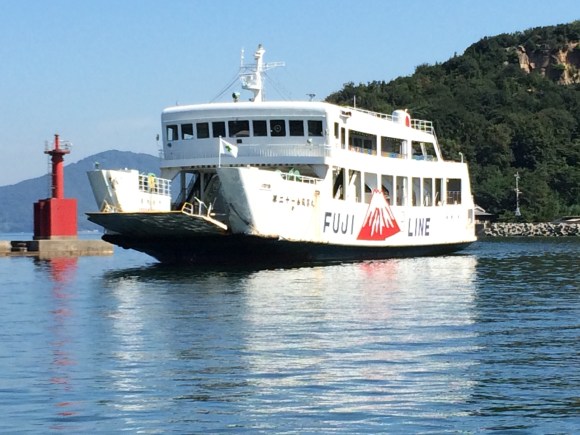
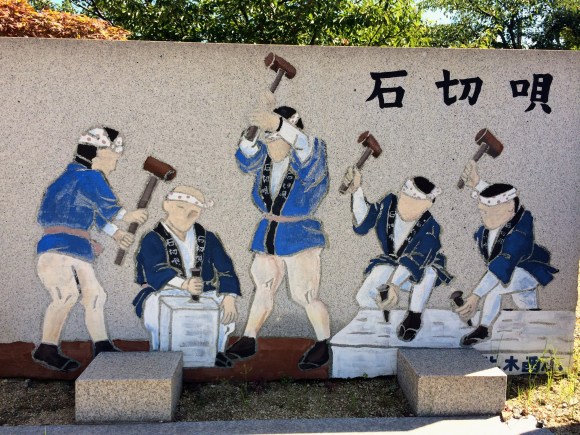
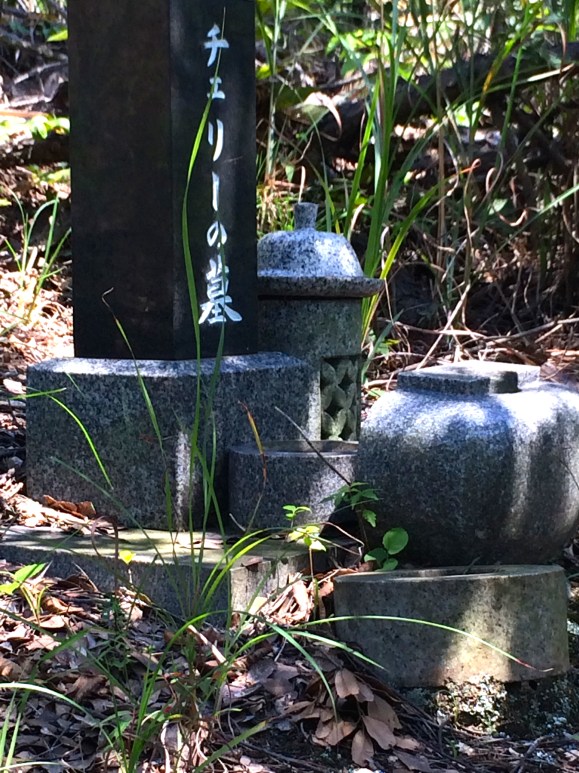
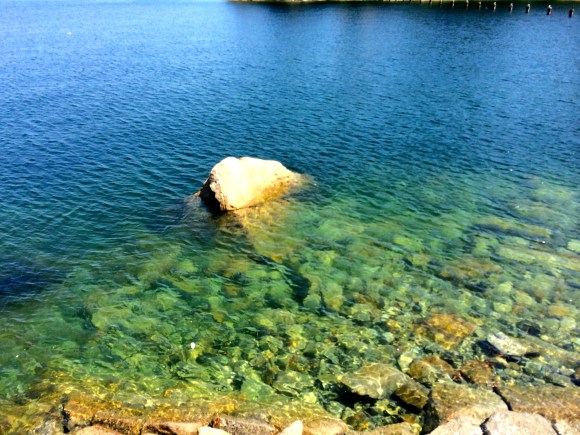
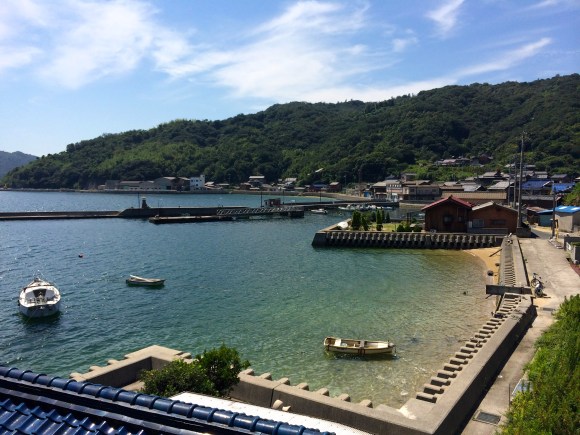
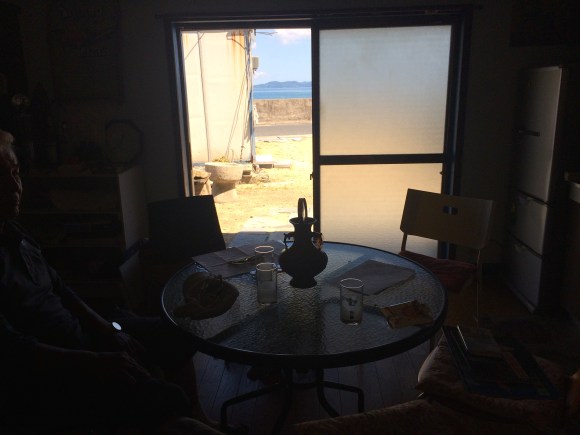
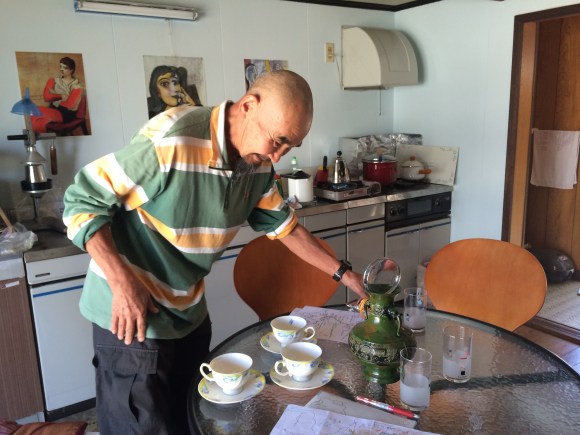
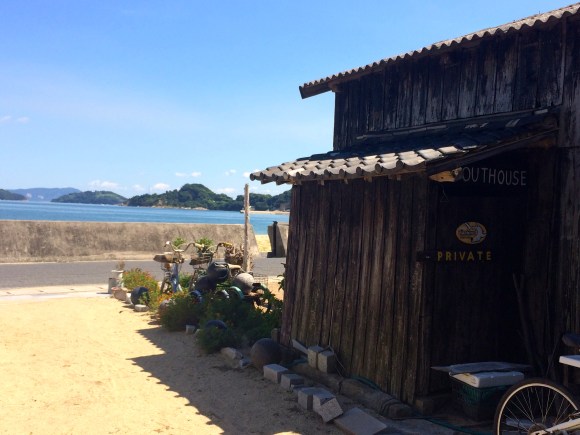
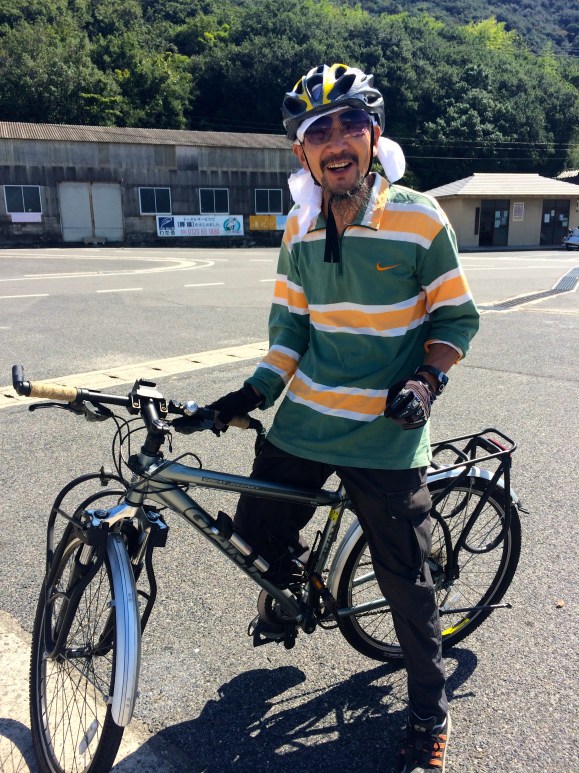
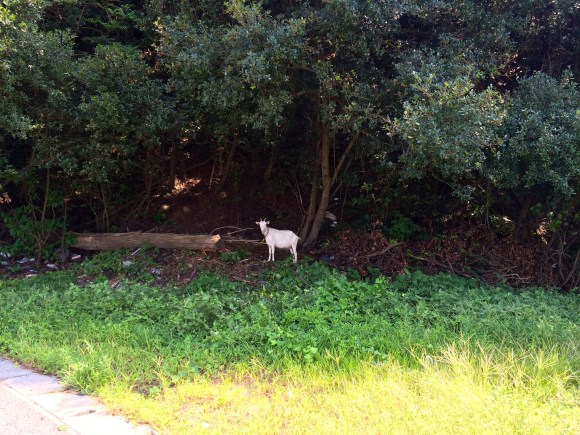
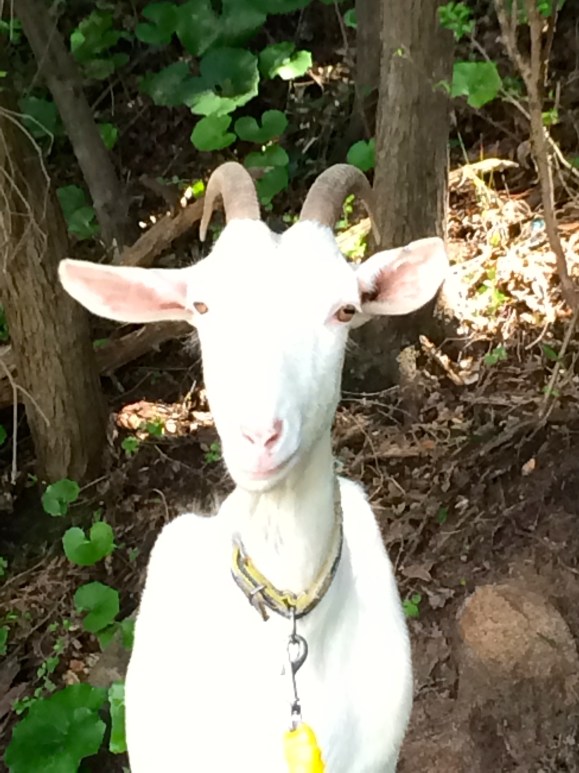
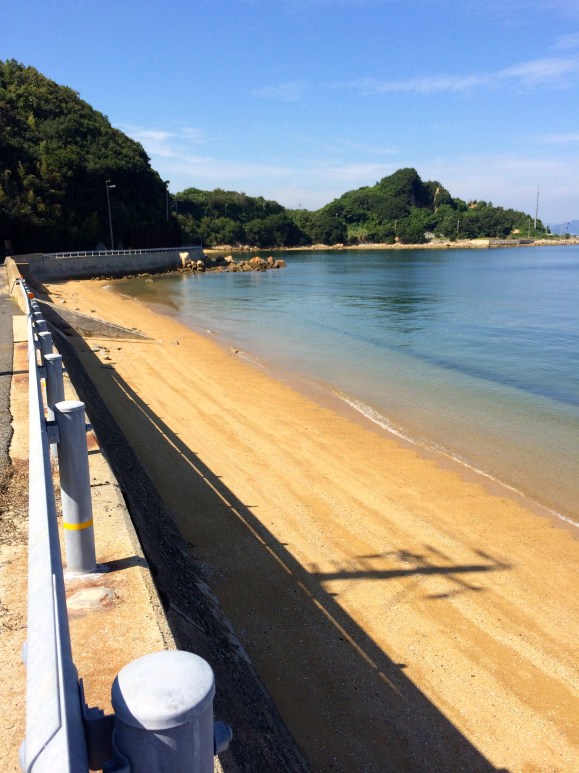
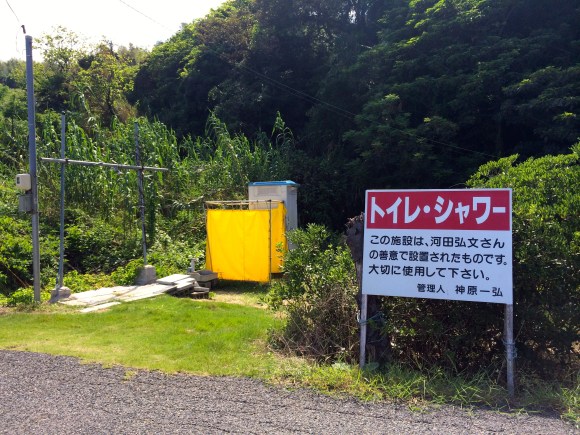
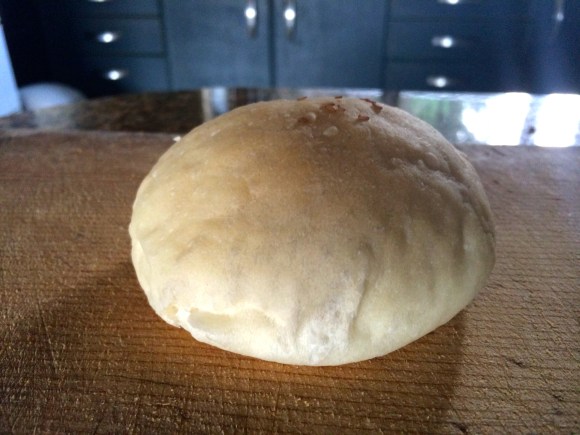
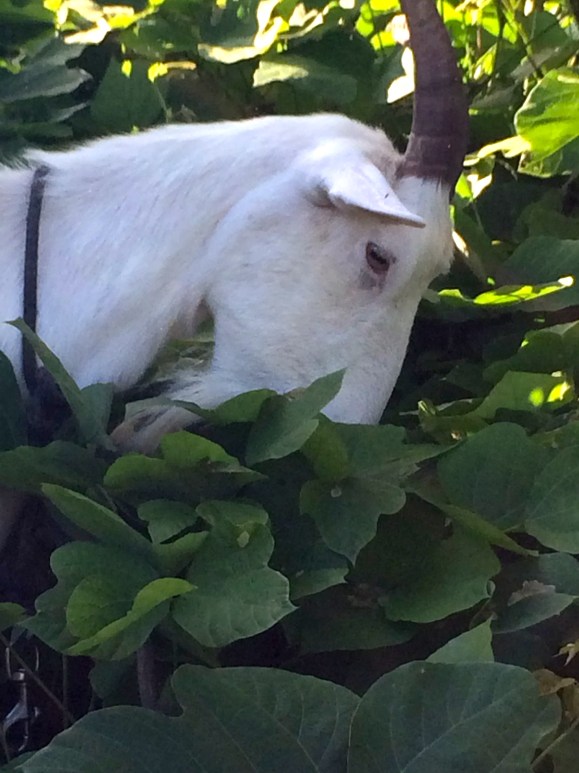
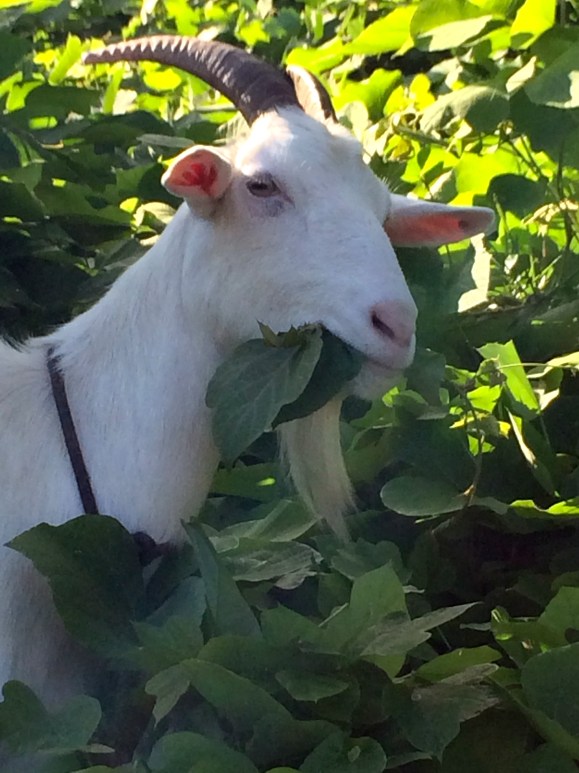
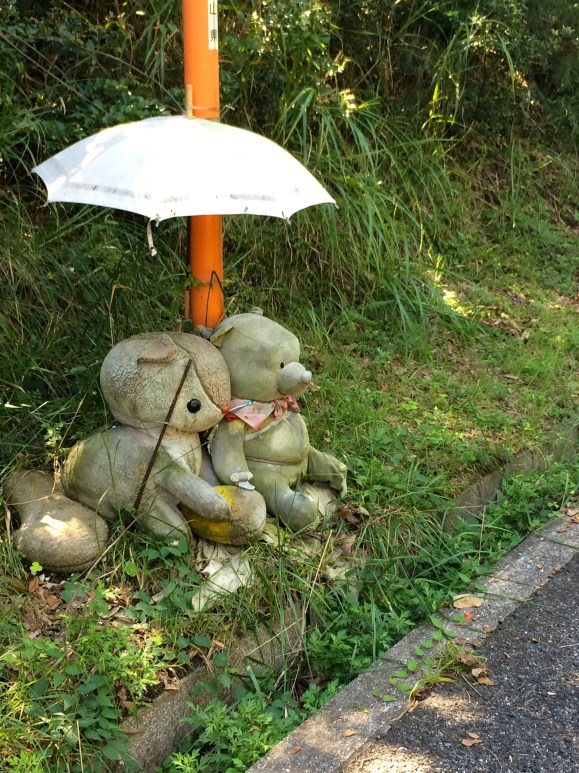
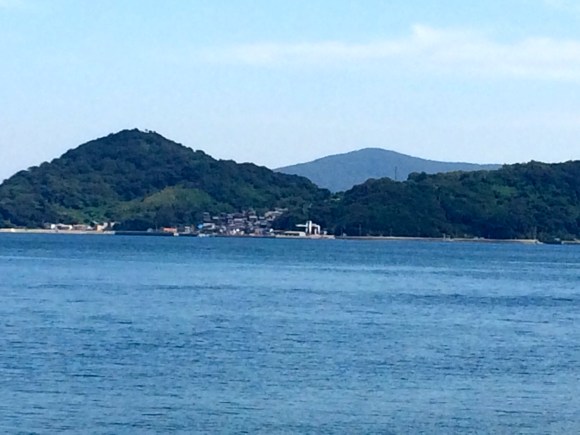
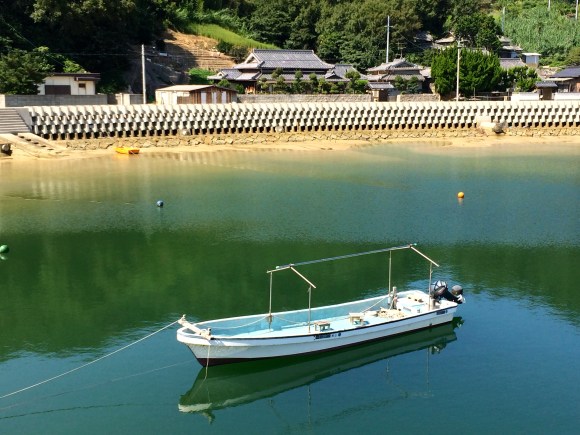
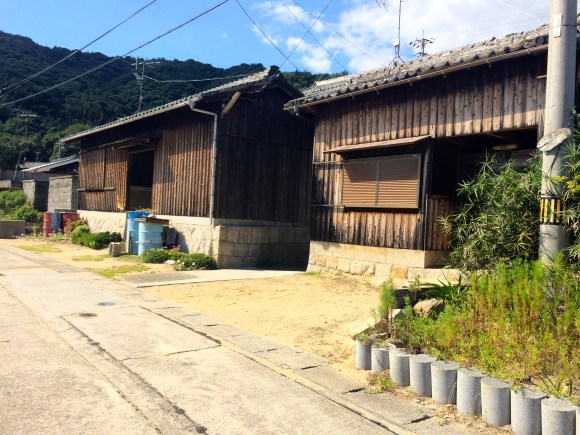
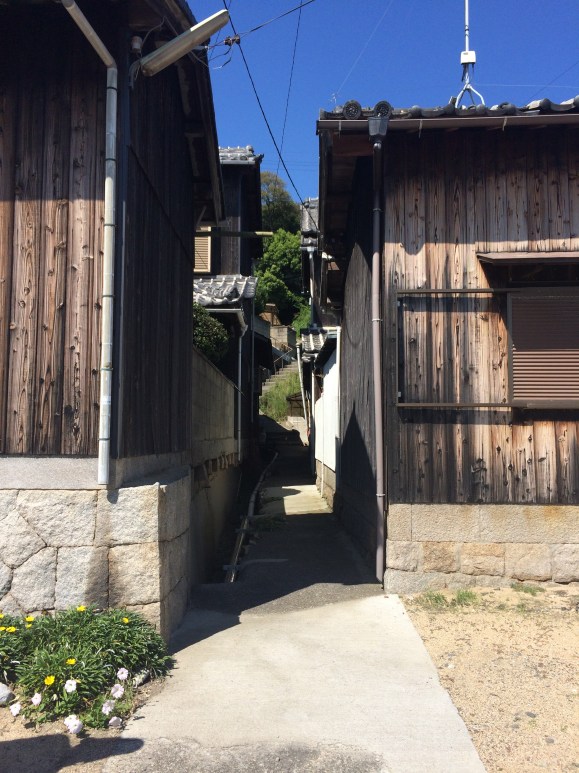
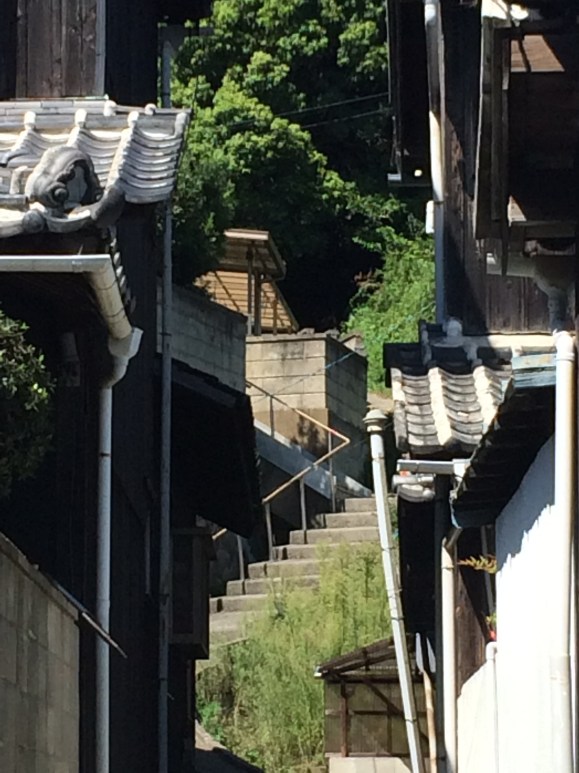
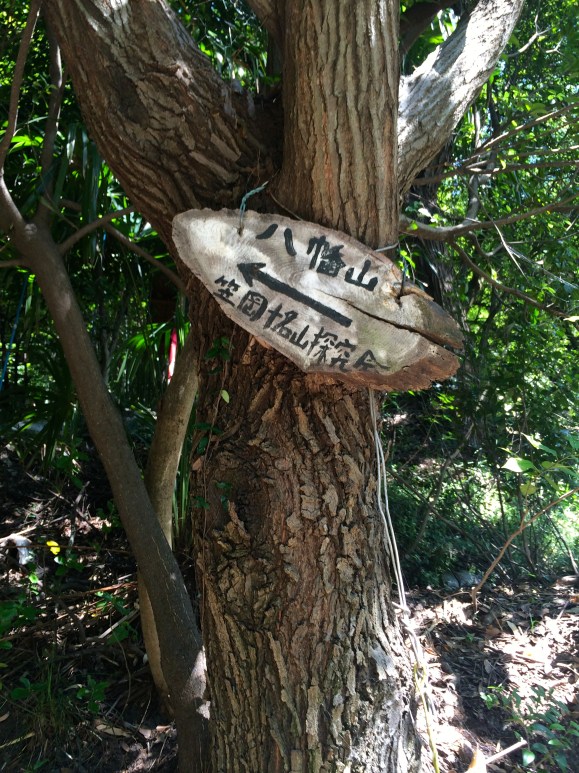
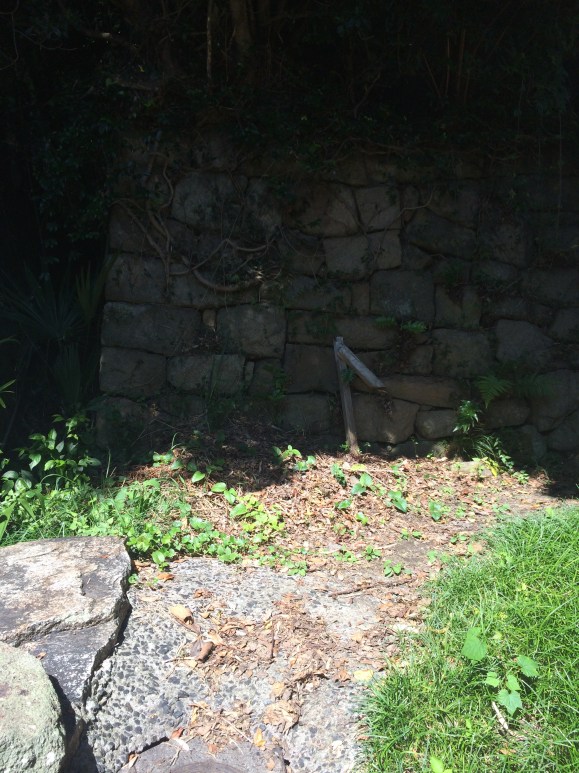
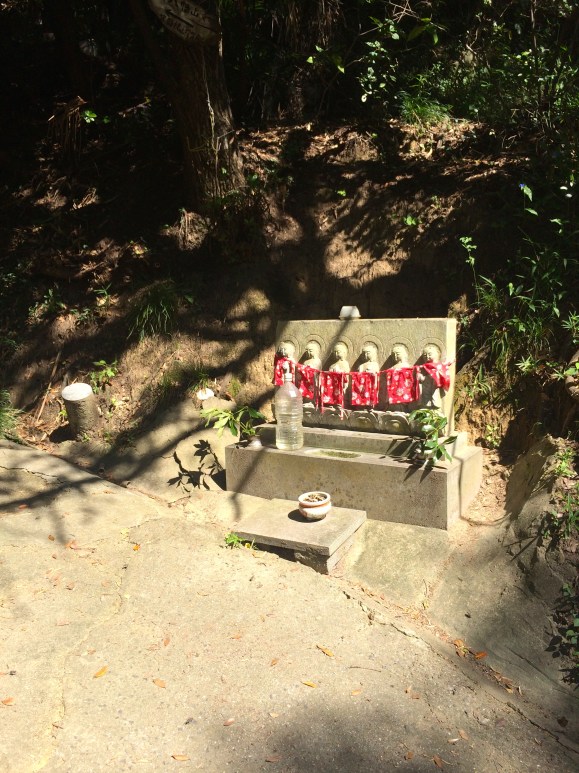
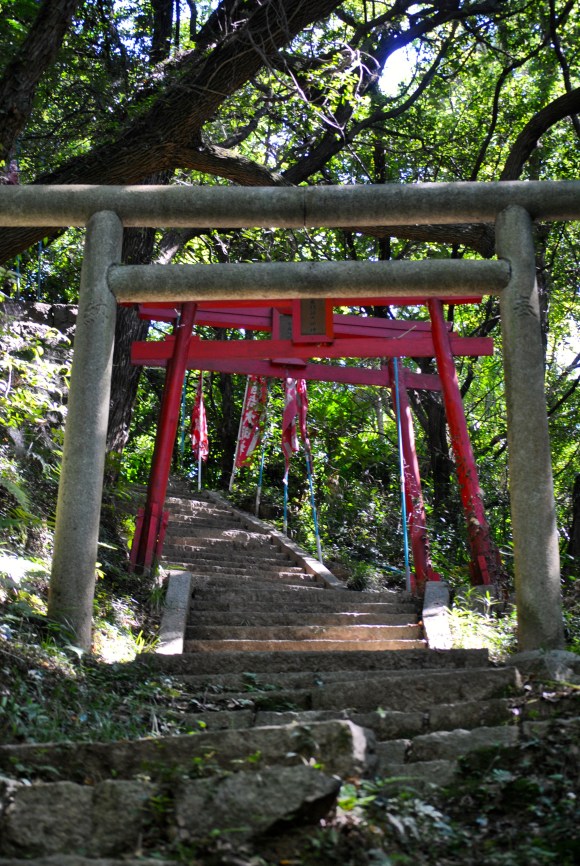
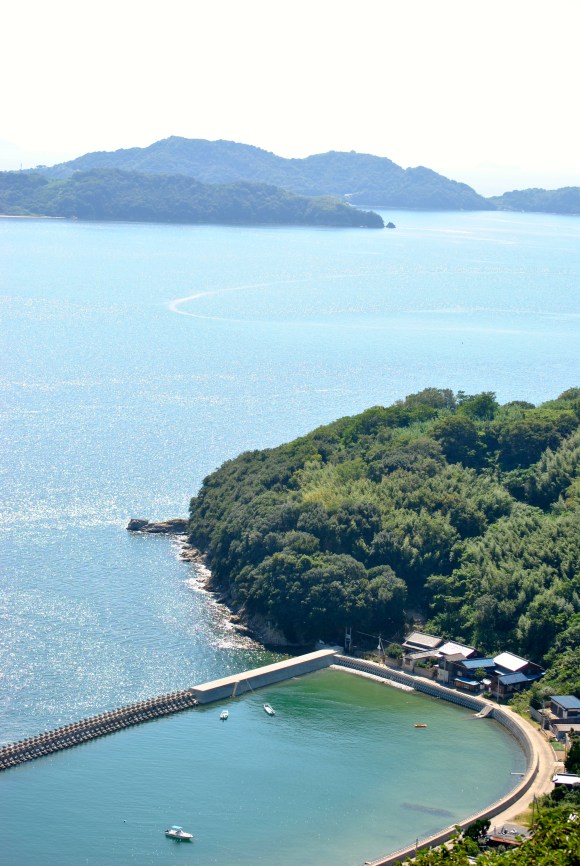

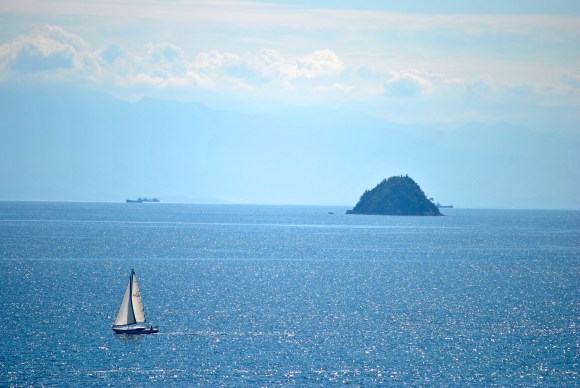
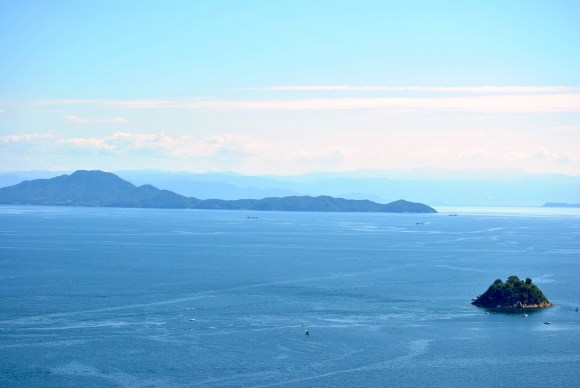


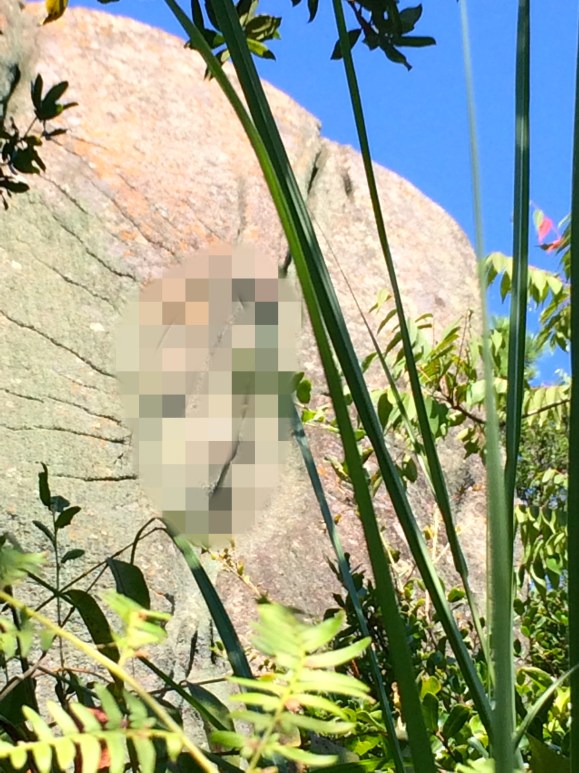










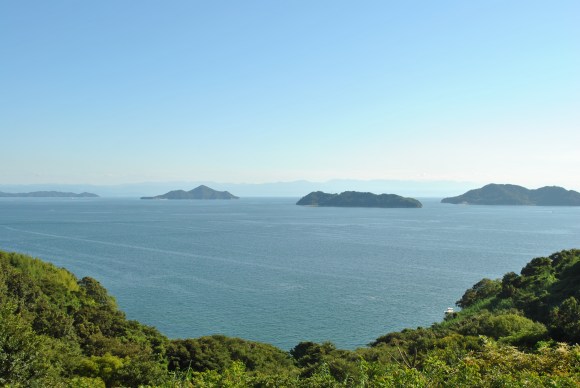
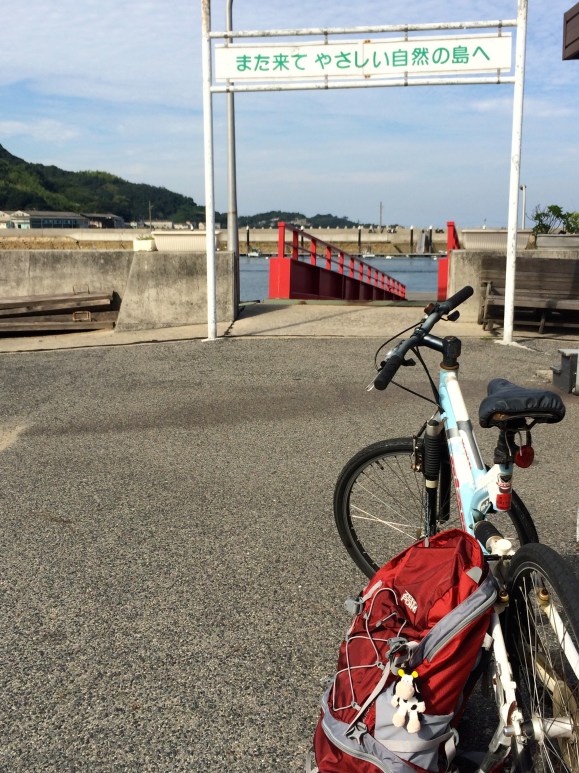
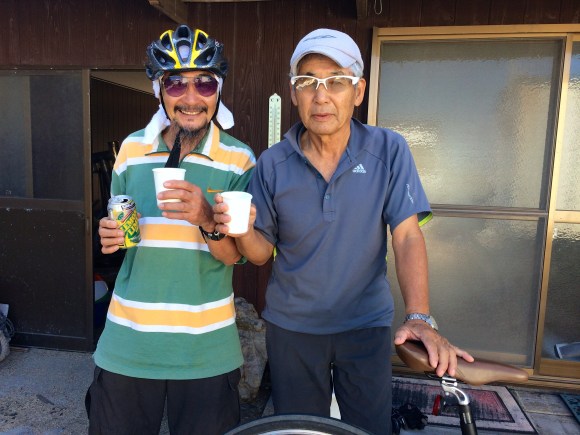
 We go octopus hunting, learn how to turn octopus heads inside-out
We go octopus hunting, learn how to turn octopus heads inside-out Why French tourists are flocking to a tiny island of 230 people in Japan’s Inland Sea
Why French tourists are flocking to a tiny island of 230 people in Japan’s Inland Sea We travel to a mysterious power spot in Okinawa, where a “heart rock” floats in the sea
We travel to a mysterious power spot in Okinawa, where a “heart rock” floats in the sea A heavenly trip to Japan’s Demon Island in the Seto Inland Sea【Photos】
A heavenly trip to Japan’s Demon Island in the Seto Inland Sea【Photos】 We revisited Sweets Paradise after a decade to see if Japan’s dessert buffet still delivers
We revisited Sweets Paradise after a decade to see if Japan’s dessert buffet still delivers Starbucks Japan ready to get Year of the Horse started with adorable drinkware and plushies【Pics】
Starbucks Japan ready to get Year of the Horse started with adorable drinkware and plushies【Pics】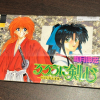 Creator of Rurouni Kenshin anime/manga admits to possession of child pornography
Creator of Rurouni Kenshin anime/manga admits to possession of child pornography Miss World Japan: The great-times-20-granddaughter of samurai lord One-Eyed Dragon
Miss World Japan: The great-times-20-granddaughter of samurai lord One-Eyed Dragon Six uniquely Osaka experiences
Six uniquely Osaka experiences This ad for Ueno Clinic makes no sense… until you realize what the clinic specializes in【Video】
This ad for Ueno Clinic makes no sense… until you realize what the clinic specializes in【Video】 Uniqlo Ukiyo-e Blue T-shirts: A cool-hued reinterpretation of some of Japan’s greatest paintings
Uniqlo Ukiyo-e Blue T-shirts: A cool-hued reinterpretation of some of Japan’s greatest paintings Japanese group to hold fashion show of colostomy bags and other stoma equipment in Paris
Japanese group to hold fashion show of colostomy bags and other stoma equipment in Paris The etiquette rules for visiting Shinto shrines in Japan
The etiquette rules for visiting Shinto shrines in Japan Family Mart releases a fukubukuro lucky bag packed with cool Convenience Wear
Family Mart releases a fukubukuro lucky bag packed with cool Convenience Wear 7-Eleven Japan’s ramen-cooking robot whipped us up a bowl of noodles【Taste test】
7-Eleven Japan’s ramen-cooking robot whipped us up a bowl of noodles【Taste test】 Cyberpunk anime meets traditional culture in Ghost in the Shell gold leaf Japanese changing screens
Cyberpunk anime meets traditional culture in Ghost in the Shell gold leaf Japanese changing screens 7 great places to see Mt. Fuji from without having to climb it
7 great places to see Mt. Fuji from without having to climb it Hello Kitty Choco Egg figures are an adorable trip through three periods of Japanese pop culture【Pics】
Hello Kitty Choco Egg figures are an adorable trip through three periods of Japanese pop culture【Pics】 Japan’s otoshidama tradition of giving kids money at New Year’s gets a social welfare upgrade
Japan’s otoshidama tradition of giving kids money at New Year’s gets a social welfare upgrade We found possibly the quietest Japanese-style hotel in Tokyo’s bustling Shinjuku district
We found possibly the quietest Japanese-style hotel in Tokyo’s bustling Shinjuku district Lacquerware supplier to emperor of Japan and Pokémon team up for new tableware
Lacquerware supplier to emperor of Japan and Pokémon team up for new tableware Sumo Sanrio! Hello Kitty and pals team up with Japan Sumo Association for new merch【Pics】
Sumo Sanrio! Hello Kitty and pals team up with Japan Sumo Association for new merch【Pics】 Can a dirty butthole make you filthy rich in Japan? We’re starting a New Year’s lottery experiment
Can a dirty butthole make you filthy rich in Japan? We’re starting a New Year’s lottery experiment 7-Eleven Japan starts new temporary luggage storage service in over 300 branches
7-Eleven Japan starts new temporary luggage storage service in over 300 branches Disillusionment at Tsukiji’s tourist-target prices led us to a great ramen restaurant in Tokyo
Disillusionment at Tsukiji’s tourist-target prices led us to a great ramen restaurant in Tokyo Starbucks teams up with 166-year-old Kyoto doll maker for Year of the Horse decorations【Photos】
Starbucks teams up with 166-year-old Kyoto doll maker for Year of the Horse decorations【Photos】 Tokyo considering law requiring more trash cans following litter increase in heavily touristed area
Tokyo considering law requiring more trash cans following litter increase in heavily touristed area Tokyo’s Tsukiji sushi neighborhood asks tour groups to stay away for the rest of the month
Tokyo’s Tsukiji sushi neighborhood asks tour groups to stay away for the rest of the month Nintendo’s Kirby now delivering orders at Kura Sushi restaurants, but not in Japan
Nintendo’s Kirby now delivering orders at Kura Sushi restaurants, but not in Japan Tokyo event lets you travel back in time, for free, to celebrate 100 years since Showa era start
Tokyo event lets you travel back in time, for free, to celebrate 100 years since Showa era start Sanrio theme park in Japan announces plans to expand into a Sanrio resort
Sanrio theme park in Japan announces plans to expand into a Sanrio resort Japan may add Japanese language proficiency, lifestyle classes to permanent foreign resident requirements
Japan may add Japanese language proficiency, lifestyle classes to permanent foreign resident requirements Survey asks foreign tourists what bothered them in Japan, more than half gave same answer
Survey asks foreign tourists what bothered them in Japan, more than half gave same answer Japan’s human washing machines will go on sale to general public, demos to be held in Tokyo
Japan’s human washing machines will go on sale to general public, demos to be held in Tokyo Japan’s deadliest food claims more victims, but why do people keep eating it for New Year’s?
Japan’s deadliest food claims more victims, but why do people keep eating it for New Year’s? We deeply regret going into this tunnel on our walk in the mountains of Japan
We deeply regret going into this tunnel on our walk in the mountains of Japan Studio Ghibli releases Kodama forest spirits from Princess Mononoke to light up your home
Studio Ghibli releases Kodama forest spirits from Princess Mononoke to light up your home Major Japanese hotel chain says reservations via overseas booking sites may not be valid
Major Japanese hotel chain says reservations via overseas booking sites may not be valid Put sesame oil in your coffee? Japanese maker says it’s the best way to start your day【Taste test】
Put sesame oil in your coffee? Japanese maker says it’s the best way to start your day【Taste test】 No more using real katana for tourism activities, Japan’s National Police Agency says
No more using real katana for tourism activities, Japan’s National Police Agency says Starbucks Japan reveals new sakura drinkware collection, inspired by evening cherry blossoms
Starbucks Japan reveals new sakura drinkware collection, inspired by evening cherry blossoms Updated cherry blossom forecast shows extra-long sakura season for Japan this year
Updated cherry blossom forecast shows extra-long sakura season for Japan this year
Leave a Reply